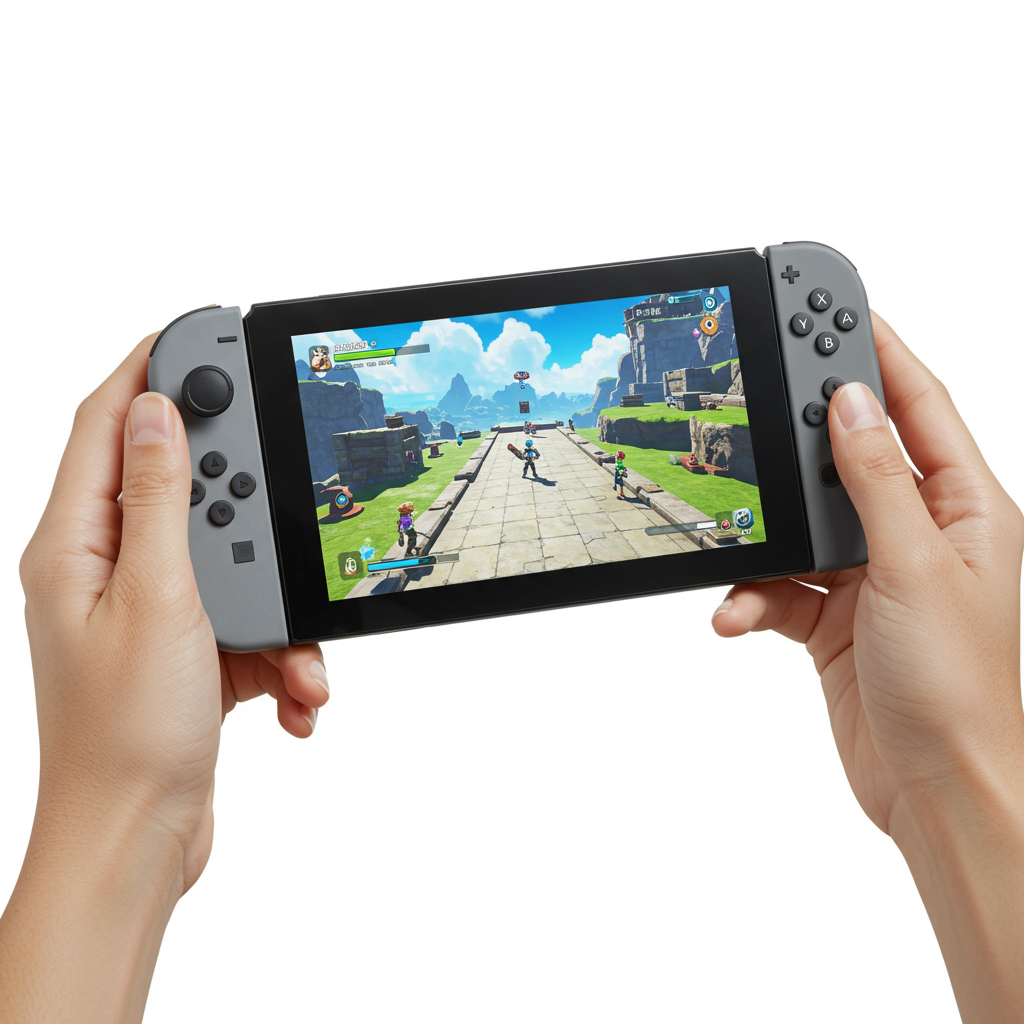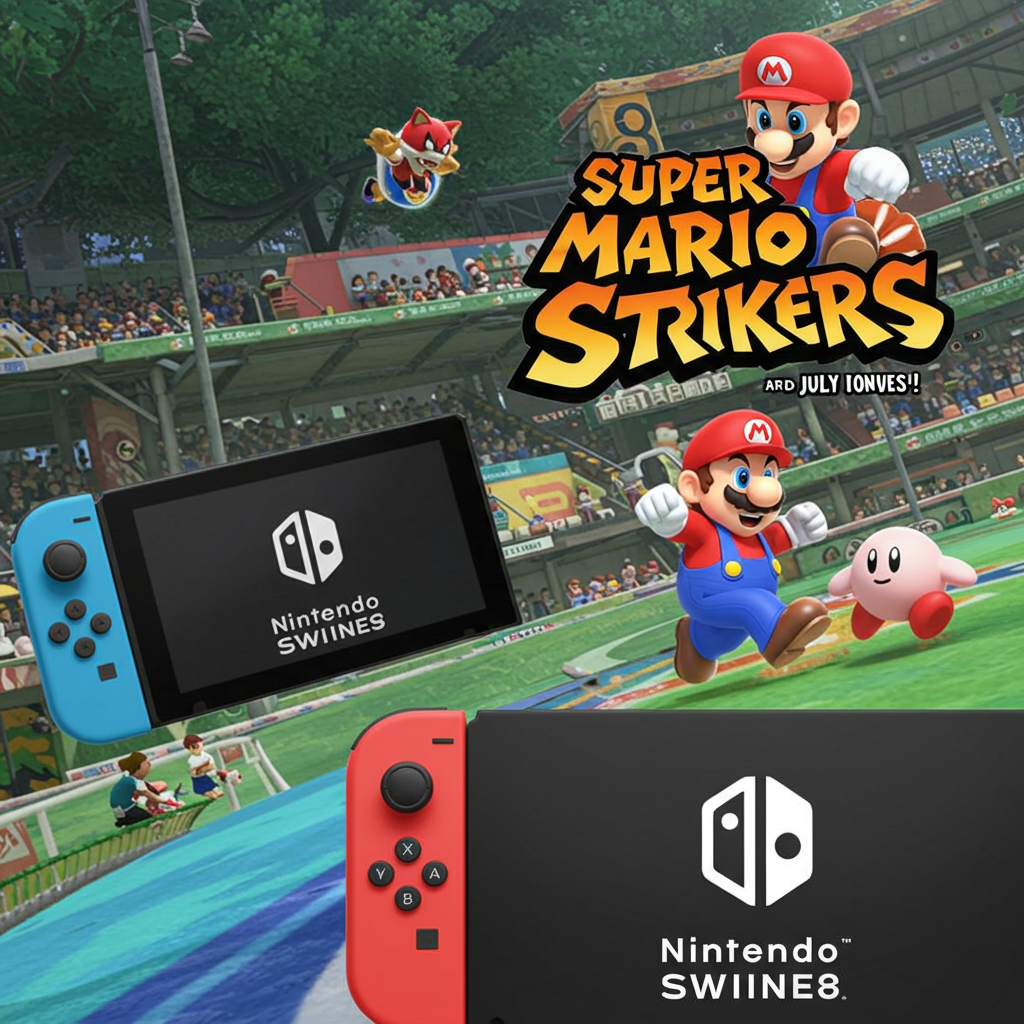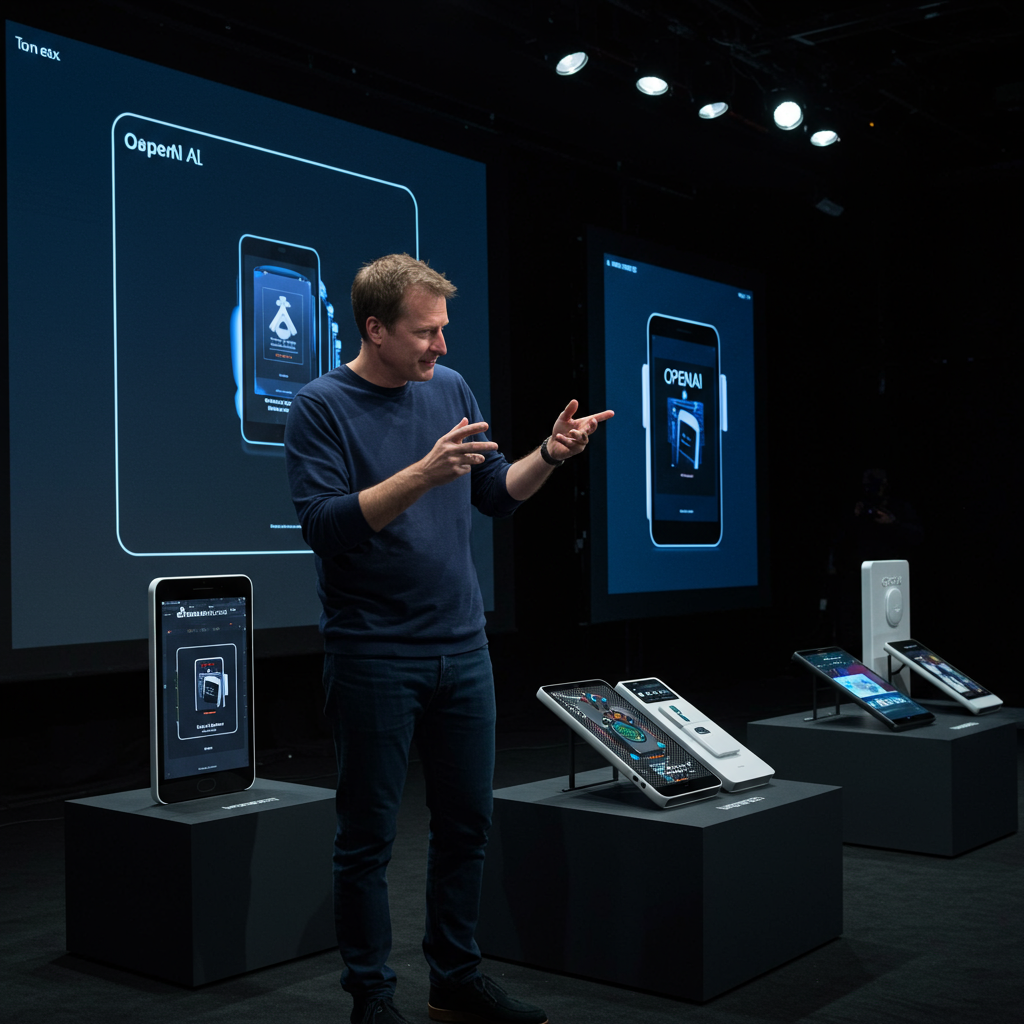The wait is over: The Nintendo Switch 2 has arrived. Launched in early June 2025 at a starting price of $450, this long-awaited successor promises a significant leap forward from the original Nintendo Switch, which debuted back in 2017. After spending several weeks with the new hardware, comparing it against the original Switch, the Switch Lite, and the Switch OLED, it’s clear the Switch 2 delivers easily the best core Switch experience yet.
However, like any new console, the Switch 2 isn’t without its imperfections. While it packs impressive performance improvements and thoughtful design changes, its higher price point across the board and some frustrating limitations mean it’s not an automatic recommendation for everyone, especially with older, cheaper Switch models still available. If you can find one in stock – which has proven difficult since launch, echoing past console shortages – and the cost isn’t a barrier, we recommend it. But before you jump in, here’s a breakdown of what makes the Switch 2 a huge upgrade and the annoying flaws you need to consider.
A Major Leap in Performance and Speed
Using the Switch 2 feels like upgrading your phone after years – everything is simply faster and more responsive. The “molasses-like sluggishness” that plagued the original Switch’s menus and the eShop is gone. Navigation is now swift, and exploring the digital storefront is surprisingly smooth.
The most impactful upgrade is how the Switch 2 handles games, especially those from the original Switch library. Thanks to significantly more powerful hardware and faster internal storage, load times are dramatically reduced. Games like Xenoblade Chronicles X boot in around 10 seconds, and Super Smash Bros. Ultimate gets into a match in under 3 seconds, according to some tests.
More importantly, backward compatibility breathes new life into many existing titles. Games that struggled on the original Switch, like Pokémon Scarlet and Pokémon Violet, receive performance and visual updates that make them run smoothly, often targeting 60fps and higher resolutions (like 4K docked/1080p handheld), transforming the experience. Even without specific patches, many older games benefit from the uncapped framerates and brute-force power of the Switch 2, achieving locked 60fps and improved resolutions in modes where they previously faltered, like Hyrule Warriors: Definitive Edition in handheld mode.
Titles notorious for poor performance on the original Switch, such as Hogwarts Legacy, see a “massive step up” on the Switch 2, playing “great in docked and handheld mode.” While still lagging behind PS5/Xbox Series X, its performance is compared favorably to an Xbox Series S, which is “pretty shocking” for a portable device. This means demanding, open-world games that were “Close to Unplayable” before are now perfectly enjoyable on the go.
Occasionally, this increased power can lead to unexpected quirks. In a bizarre example, the unique butt-controlled fighting game Ketsu Battler reportedly runs too fast on the Switch 2, causing the special attack gauge to fill too quickly and making characters “too unstoppable.” While an anomaly, it highlights how the performance leap can impact games in unforeseen ways.
Refined Design and Build Quality
The Switch 2 feels noticeably more solid and less like a toy than its predecessors. Its slightly larger size can be more comfortable for users with bigger hands. A key improvement is the new magnetic locking system for the Joy-Con controllers; they attach firmly to the console rails, eliminating the wobbly feel of the original design. This contributes to a sense of durability, especially during intense gaming sessions.
The revised kickstand is a major win, running the full length of the tablet for much greater stability and adjustability compared to the flimsy original. Speaker quality has also been improved, offering clearer and less tinny audio directly from the handheld. The console itself features a sleeker, more premium look, moving away from the bright neon color options of the original. It’s impressively slim and lightweight for its capabilities, making it genuinely portable compared to bulkier PC handhelds like the Steam Deck or ROG Ally. The dock is also enhanced, including an internal fan and more ports like ethernet.
New Features and Controllers
Nintendo has included some notable new features. The Switch 2 features a built-in Game Chat system, allowing party chat with friends using microphones in the new controllers and supporting video feeds via the new Switch 2 Camera. While a welcome addition and an improvement over relying solely on the NSO app, early implementation had flaws like shrinking the game screen (though settings exist to mitigate this). The ability to see friends’ game screens is a novel, if currently low-framerate, idea.
The optional $85 Switch 2 Pro Controller ($15 more than the original) is a standout accessory. It’s more comfortable, features smoother and more responsive joysticks, includes a headphone jack and built-in mic for Game Chat, and has a pleasing surface texture. It’s arguably one of the best controllers available, though pricey. The system also supports new input methods like a “mouse mode” using a Joy-Con for aiming in select games like Hogwarts Legacy or Cyberpunk 2077.
The Annoying Flaws
While the upgrades are significant, the Switch 2 introduces several frustrating drawbacks, largely centered around cost and legacy support.
Everything is More Expensive: The $450 console is just the beginning. First-party games now cost $80 (up from $60), the Pro Controller is $85, and necessary storage upgrades are pricier.
Paid Updates for Games You Own: Some developers are charging users $10 (per game) for essential performance and resolution improvements on the Switch 2 for titles they already own, like The Legend of Zelda: Breath of the Wild and Tears of the Kingdom. While Nintendo offers some free updates or includes access via the costlier Switch Online Expansion Pack, other publishers require separate purchases.
MicroSD Card Incompatibility: The Switch 2 uses the faster, more expensive microSD Express format. Your existing microSDXC cards from older Switches are not compatible, rendering them useless for the new system and requiring a fresh investment in storage. Worse, game installs don’t transfer during system migration, forcing you to redownload your entire library.
No OLED Screen: The Switch 2 features a good 1080p, 120Hz LCD display with HDR10 and VRR (Variable Refresh Rate, currently handheld-only). However, it doesn’t match the vibrant colors, deep blacks, and contrast of the Switch OLED model’s screen. While LCD avoids burn-in, the lack of OLED on this premium model feels like a step back for some users. An OLED version is likely coming, but probably at an even higher price.
Battery Life Still Lacks: While perhaps slightly better than the original in some scenarios, battery life remains a drawback. Demanding games can drain the battery in just a couple of hours, and even less demanding titles may only last 3-4 hours. For a $450 portable console, this is disappointing in 2025.
Limited Launch Library: At launch, the library of new games designed exclusively for the Switch 2 is relatively small. While backward compatibility is excellent, you might find yourself playing improved versions of old games rather than brand-new experiences until more exclusives arrive later in the year, such as Donkey Kong Bananza.
Joy-Con Drift Concerns: Reports suggest the new Joy-Con 2 controllers may still be susceptible to joystick drift, utilizing a similar design to the originals rather than adopting a Hall effect solution. Nintendo reportedly offers a free repair service, but the potential for drift remains a worry.
Bluetooth Audio Lag: Testing indicates Bluetooth audio suffers from a noticeable delay (around half a second) in both docked and handheld modes, making wired headphones via the 3.5mm jack the preferable option for many.
Launch Coverage Issues: The console launched without pre-release reviews from most major media outlets due to a required “significant” day-one patch, causing frustration among journalists needing to cover the launch on day one alongside other events. This meant buyers were initially making a decision without widespread independent critical analysis.
Showcase Launch Games
Despite the limited number of exclusive new titles, some launch games effectively demonstrate the Switch 2’s capabilities and are unavailable on older models.
Mario Kart World: This is the standout launch title and reason to consider the console-and-game bundle ($500, saving $30 compared to buying separately). It expands on the chaotic Mario Kart formula with 24 players, improved graphics, and mechanics that keep races unpredictable, making it a fantastic party game.
Hitman World of Assassination – Signature Edition: Bringing the acclaimed modern Hitman trilogy to Switch in native form (not cloud streaming), this collection offers incredible value and showcases the Switch 2’s ability to run complex stealth-action sandboxes with impressive player freedom.
Split Fiction: A unique cooperative split-screen adventure that shifts between sci-fi and fantasy genres, requiring players to combine distinct abilities to solve puzzles and overcome challenges. It’s an innovative co-op experience that feels right at home on the new hardware.
These games, alongside upcoming titles like Donkey Kong Bananza, signal Nintendo’s shift towards the new console, making the end for the original Switch models seem near.
The Verdict: Should You Upgrade?
The Nintendo Switch 2 is a powerful, well-built system that finally addresses many of the original Switch’s performance shortcomings and introduces welcome design refinements. If you prioritize the best possible Switch experience, want to see your existing library run better, and are eager for new games that can only be played on this hardware, it’s a compelling upgrade – if you can find one and afford the initial $450 price tag and the increased cost of games and accessories.
However, the high price, coupled with paid updates for old games, incompatible storage, the lack of an OLED screen (for now), and persistent battery life issues, prevents it from being an easy, automatic recommendation. You’ll need to weigh these significant drawbacks against the undeniable performance benefits. If the price is too steep, Nintendo’s history suggests a cheaper Switch 2 Lite model could arrive in late 2026 or 2027.
For now, the Switch 2 stands as a fantastic piece of hardware held back by its premium cost and a few frustrating design and policy decisions. It’s the best Switch experience, but it makes you pay for it in more ways than one.




